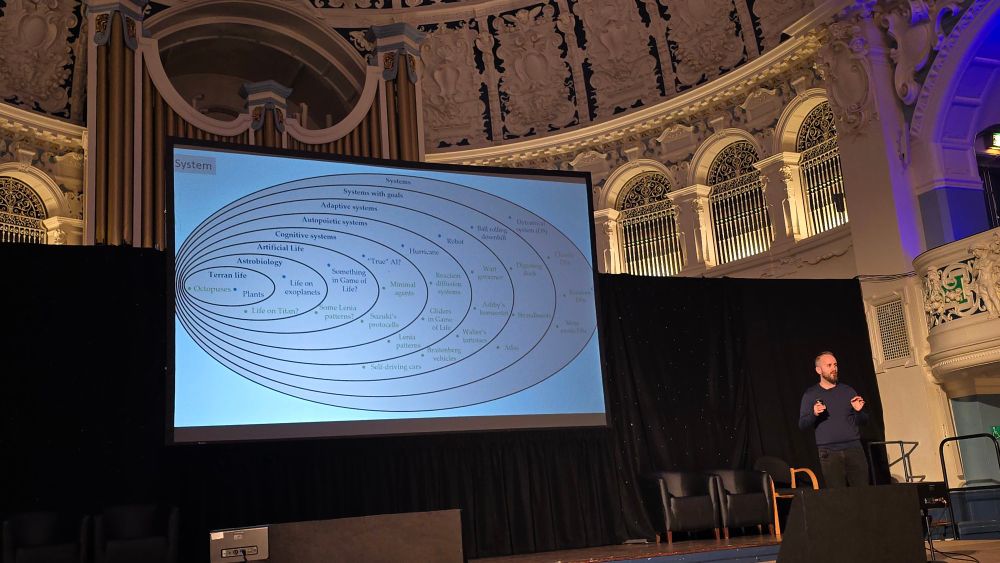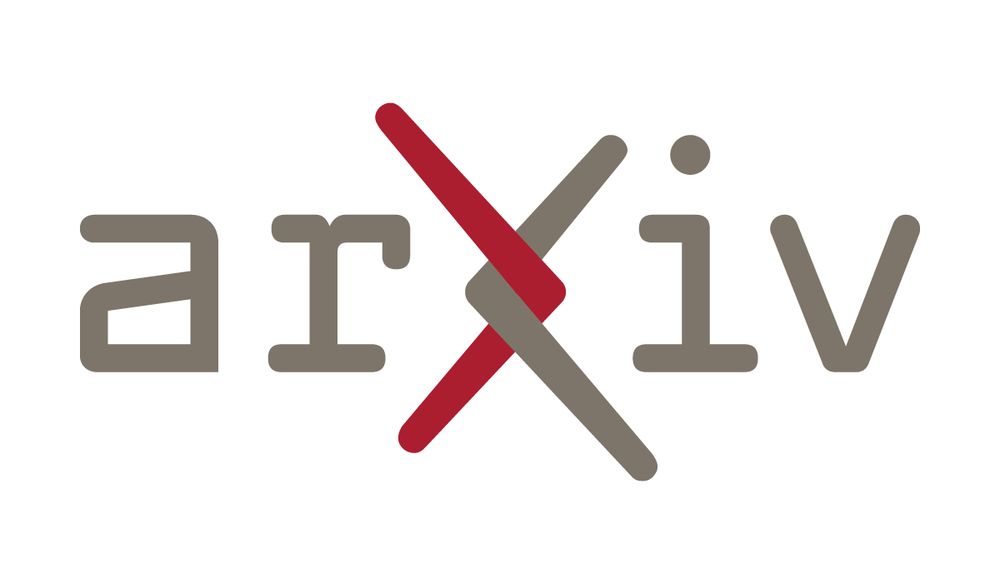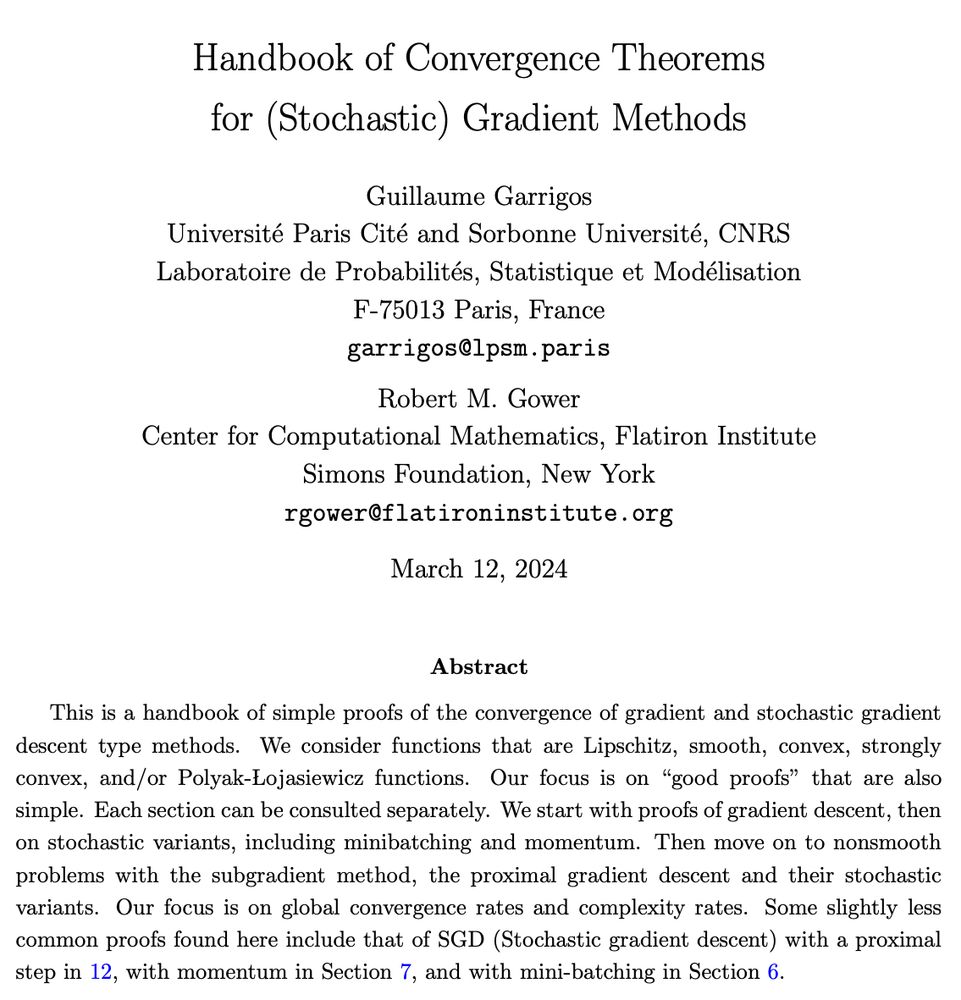https://manuelbaltieri.com/
“A Bayesian Interpretation of the Internal Model Principle”
arxiv.org/abs/2503.00511.
1/
www.sciencedirect.com/science/arti...
I argue that there is little meaningful analogy between learning from "pixels" vs "experience," but I praise

www.sciencedirect.com/science/arti...
I argue that there is little meaningful analogy between learning from "pixels" vs "experience," but I praise
Shocking, but totally expected, isn't it?
arxiv.org/abs/2504.20879
Where are the AGI Bros? 👌
#AI #LLM

There are ten more of these unreadable hypercube diagrams on the following pages....
Souce: https://arxiv.org/abs/2505.00682

There are ten more of these unreadable hypercube diagrams on the following pages....
Souce: https://arxiv.org/abs/2505.00682
I've looked at paper mills since 2019 and drafted a preprint on a paper mill from an international publisher in 2021. I started contacting journals or research integrity teams to raise concerns about papers. Publishers react differently. 1/n
I've looked at paper mills since 2019 and drafted a preprint on a paper mill from an international publisher in 2021. I started contacting journals or research integrity teams to raise concerns about papers. Publishers react differently. 1/n


“AI in a vat: Fundamental limits of efficient world modelling for agent sandboxing and interpretability”
arxiv.org/abs/2504.04608
Exploring the fundamental limits that shape the design space of world modelling for agent sandboxing and interpretability

“AI in a vat: Fundamental limits of efficient world modelling for agent sandboxing and interpretability”
arxiv.org/abs/2504.04608
Exploring the fundamental limits that shape the design space of world modelling for agent sandboxing and interpretability

On that level, the cell is a simple reliable #state machine (transducer) with no place for interpretation of meaning.

On that level, the cell is a simple reliable #state machine (transducer) with no place for interpretation of meaning.
#complexitycat 🐈⬛👇🧵1/3
amahury.github.io/posts/trilog...
#complexitycat 🐈⬛👇🧵1/3
amahury.github.io/posts/trilog...
Dependent Directed Wiring Diagrams for Composing Instantaneous Systems
https://arxiv.org/abs/2503.05457
www.theguardian.com/global/ng-in...

www.theguardian.com/global/ng-in...
“A Bayesian Interpretation of the Internal Model Principle”
arxiv.org/abs/2503.00511.
1/
“A Bayesian Interpretation of the Internal Model Principle”
arxiv.org/abs/2503.00511.
1/

The reality is that Musk's young engineers don't seem to be able to understand COBOL databases while Musk is misrepresenting the Social Security data
www.wired.com/story/elon-m...

The reality is that Musk's young engineers don't seem to be able to understand COBOL databases while Musk is misrepresenting the Social Security data
www.wired.com/story/elon-m...

Categorical Diffusion of Weighted Lattices
https://arxiv.org/abs/2501.03890



